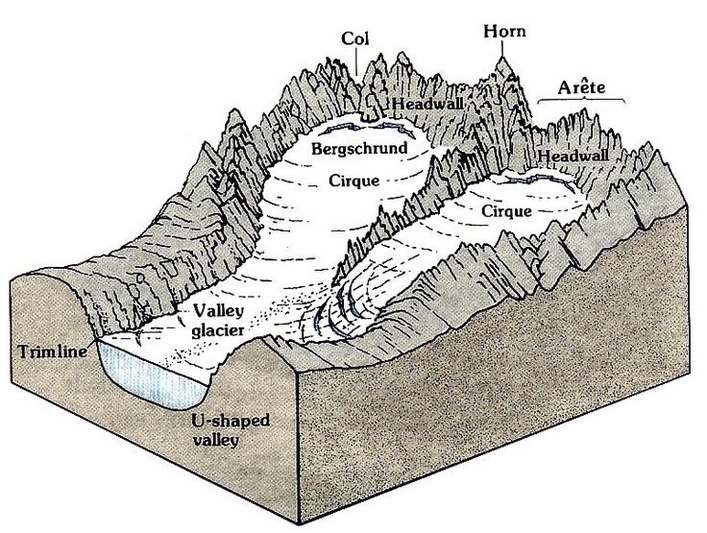
The geologic story of Yosemite National Park is a fascinating tale of how the forces of nature shaped the landscape over hundreds of millions of years. Here is a brief summary of the main events and processes that created the park’s iconic features.
The first part of the story involves the formation of the granitic rocks that make up most of the park’s bedrock. These rocks originated from molten magma that rose from the Earth’s mantle and intruded into older sedimentary and volcanic rocks that were deposited in a shallow sea. The magma cooled and solidified underground, forming large bodies of igneous rock called plutons. The older rocks were metamorphosed by the heat and pressure of the magma, creating schist, marble, and quartzite. This process occurred from about 210 to 80 million years ago, during the Paleozoic and Mesozoic eras, when the western edge of North America was a subduction zone, where an oceanic plate was diving under the continental plate.
The second part of the story involves the uplift, erosion, and glaciation of the granitic rocks to create the present-day landscape. The uplift began about 25 million years ago, during the Cenozoic era, when the subduction zone ceased and the Sierra Nevada block started to rise and tilt westward along a fault system. The uplift exposed the granitic rocks to the surface, where they were eroded by water, wind, and ice. The erosion carved out valleys, canyons, and domes, and also transported sediments to the lower elevations. The glaciation occurred during the Pleistocene epoch, from about 2.6 million to 10,000 years ago, when the climate was colder and ice sheets covered much of the northern hemisphere. Glaciers formed in the high mountains and flowed down the valleys, scouring and polishing the rocks, and depositing moraines and outwash. The glaciers also widened, deepened, and straightened the valleys, creating the characteristic U-shaped cross-section
